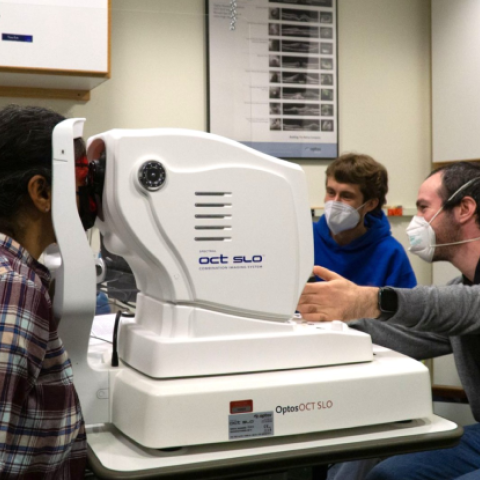
- Principal Investigator:
- James Coughlan

- Principal Investigator:
- Giovanni Fusco
Tactile graphics use raised lines, textures, and elevations to provide individuals with visual impairments to visualize graphical materials through touch. Tactile graphics are particularly important for students in science, technology, engineering, and mathematics (STEM) fields, where educational content is often conveyed using diagrams and charts. However, providing a student who has a visual impairment with a tactile graphic does not automatically provide the student understanding of the graphic's educational content. Instead, the student may struggle to decipher subtle differences between textures or line styles and must deal with the cramped and confusing placement of lines and braille. These format-related issues prevent students with visual impairments from accessing educational content in graphics independently because they necessitate the students ask for sighted clarification. We propose a machine-vision-based "tactile graphics helper" (TGH), which tracks a student's fingers as he/she explores a tactile graphic, and allows the student to gain clarifying audio information about the tactile graphic without sighted assistance.

